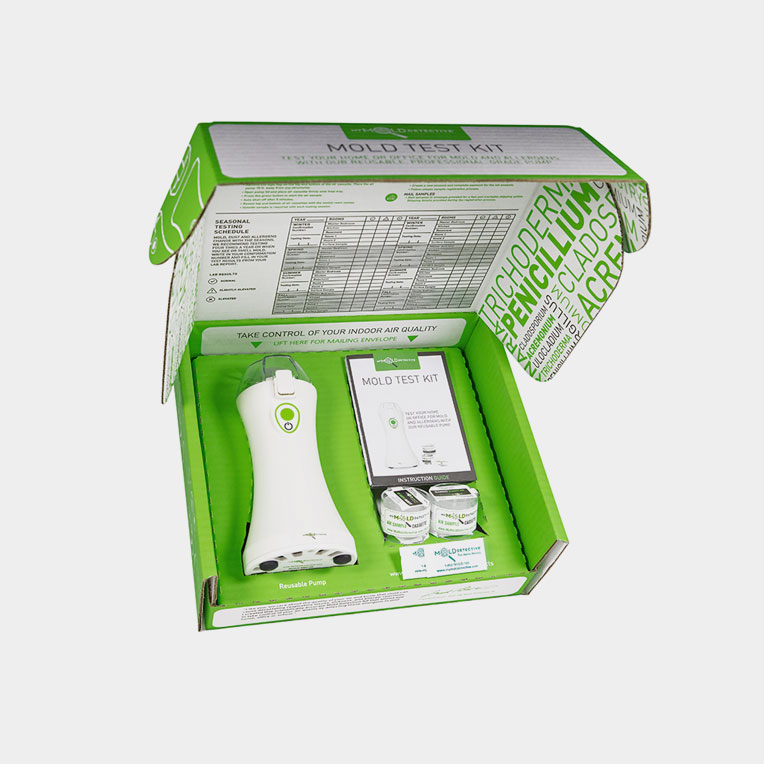Exactly How Mycotoxin Screening Helps Avoid Contamination and Protect Food Products

Mycotoxin testing is an important technique in the food sector, offering as a frontline defense against contamination by dangerous contaminants generated by mold and mildews. Through the application of sophisticated methods like High-Performance Fluid Chromatography (HPLC) and Fluid Chromatography-Mass Spectrometry (LC-MS), food producers can properly spot and measure mycotoxin degrees in farming products.
Comprehending Mycotoxins
Recognizing mycotoxins begins with identifying that they are harmful second metabolites generated by certain molds, which can pollute agricultural items. These metabolites are not essential for the growth or recreation of the fungi but can have severe implications for human and animal health and wellness. Mycotoxins are commonly found in staple crops such as corn, wheat, barley, and nuts, where they can proliferate under certain problems of moisture and temperature.
There are several kinds of mycotoxins, each created by various fungal species. Aflatoxins, created by Aspergillus varieties, are amongst one of the most infamous, recognized for their carcinogenic residential or commercial properties. Another substantial group includes ochratoxins, generated by Aspergillus and Penicillium types, which have nephrotoxic results. Fusarium species produce fumonisins and trichothecenes, both of which are linked with different intense and chronic wellness issues.

Threats of Mycotoxin Contamination
The dangers of mycotoxin contamination are diverse, positioning considerable threats to both food safety and security and public wellness. Mycotoxins, toxic substances produced by specific kinds of fungi, can contaminate a variety of farming products including cereals, nuts, flavors, dried fruits, and coffee. When these toxins penetrate the food supply, they can bring about major health issues such as liver damage, kidney failure, and also cancer. At risk populaces, including kids, the elderly, and immunocompromised people, are specifically in danger.
Financial influences are one more significant concern. Contaminated plants can cause substantial economic losses for farmers and food producers due to minimized returns and the demand for expensive decontamination measures. International trade can be considerably impeded as countries apply stringent mycotoxin regulations to protect their populaces, leading to rejected deliveries and strained trade relationships.
Environmental variables such as environment change exacerbate the danger of mycotoxin contamination. Variations in temperature and humidity can create positive conditions for fungal development, enhancing the chance of contamination occasions. Hence, understanding and alleviating these dangers are crucial for making sure the security and stability of international food supplies.
Approaches of Mycotoxin Checking
Precisely recognizing mycotoxin contamination in agricultural products is important for safeguarding public wellness and maintaining food safety standards. Different approaches are employed to spot and evaluate mycotoxins, each offering details benefits and restrictions.
High-Performance Liquid Chromatography (HPLC) is a commonly made use of approach due to its high level of sensitivity and accuracy. It includes dividing mycotoxins from various other materials in a sample, enabling precise metrology. Similarly, Fluid Chromatography-Mass Spectrometry (LC-MS) integrates fluid chromatography with mass spectrometry to provide detailed molecular info, making it particularly beneficial for recognizing numerous mycotoxins simultaneously - Mycotoxin testing Services.

Gas Chromatography-Mass Spectrometry (GC-MS) and Thin-Layer Chromatography (TLC) are also used, each with one-of-a-kind applications. GC-MS is effective for volatile mycotoxins, while TLC uses a simpler, cost-effective choice for initial screening.
Advantages of Regular Evaluating
Normal testing for mycotoxins in farming items uses next page numerous advantages, substantially contributing to public health and wellness and food safety. By recognizing contamination early, normal screening helps avoid the distribution of hazardous foods, therefore reducing the risk of mycotoxin-related illnesses among customers. This aggressive technique not just safeguards human health but likewise improves the overall high quality of food supplies.
Various nations and regions have actually established rigorous limitations for mycotoxin degrees in food and feed. Adhering to these limits with routine testing makes sure that producers and distributors fulfill lawful criteria, consequently preventing fines and trade barriers.
Furthermore, normal mycotoxin testing can cause substantial economic advantages. Early detection of contamination permits prompt intervention, decreasing prospective losses from widespread contamination. Carrying out routine testing protocols can additionally lessen recall costs and relevant obligations, which can be financially ravaging.
Moreover, normal screening supplies useful information that can educate far better farming methods and storage space problems. By understanding patterns of contamination, producers can adopt preventative measures, thereby decreasing future threats and adding to the sustainability of the food supply chain.
Executing Evaluating Procedures
Executing efficient mycotoxin screening protocols is vital for ensuring the safety and top quality of agricultural products. Each stage has to be inspected to identify where mycotoxin contamination is most likely to occur.
Once vital control points are identified, selecting appropriate screening techniques is necessary. Common techniques consist of enzyme-linked immunosorbent assay (ELISA), high-performance fluid chromatography (HPLC), and mass spectrometry (MS) Each method has its weaknesses and toughness; therefore, picking the appropriate one depends on the certain mycotoxin being checked, the needed level of sensitivity, and readily available resources.

Finally, integrating the testing protocols right into a thorough food safety management system is recommended. This boosts traceability and allows swift rehabilitative activities when contamination is found, therefore safeguarding the honesty of the food supply chain.
Final Thought
Mycotoxin screening is vital in preventing contamination and protecting food supplies by allowing early discovery of dangerous contaminants generated by molds in agricultural products. Regular screening boosts brand name reputation, economic stability, and depend on in food safety and security by reducing contamination-related losses and preserving high criteria in food production.
Mycotoxin testing is an indispensable practice in the food sector, serving as a frontline protection versus contamination by damaging toxic substances created by molds. An integrated strategy involving agricultural methods, storage management, and regular screening can reduce the dangers connected with mycotoxin contamination, guaranteeing food safety and security and public health and wellness.
The threats of mycotoxin contamination are diverse, presenting considerable dangers to both food security and public health.Normal testing for mycotoxins in farming items supplies many benefits, dramatically contributing to public wellness and food security.Mycotoxin testing is important in avoiding contamination and guarding food products by allowing early detection of harmful toxins created by mold and mildews in agricultural products.